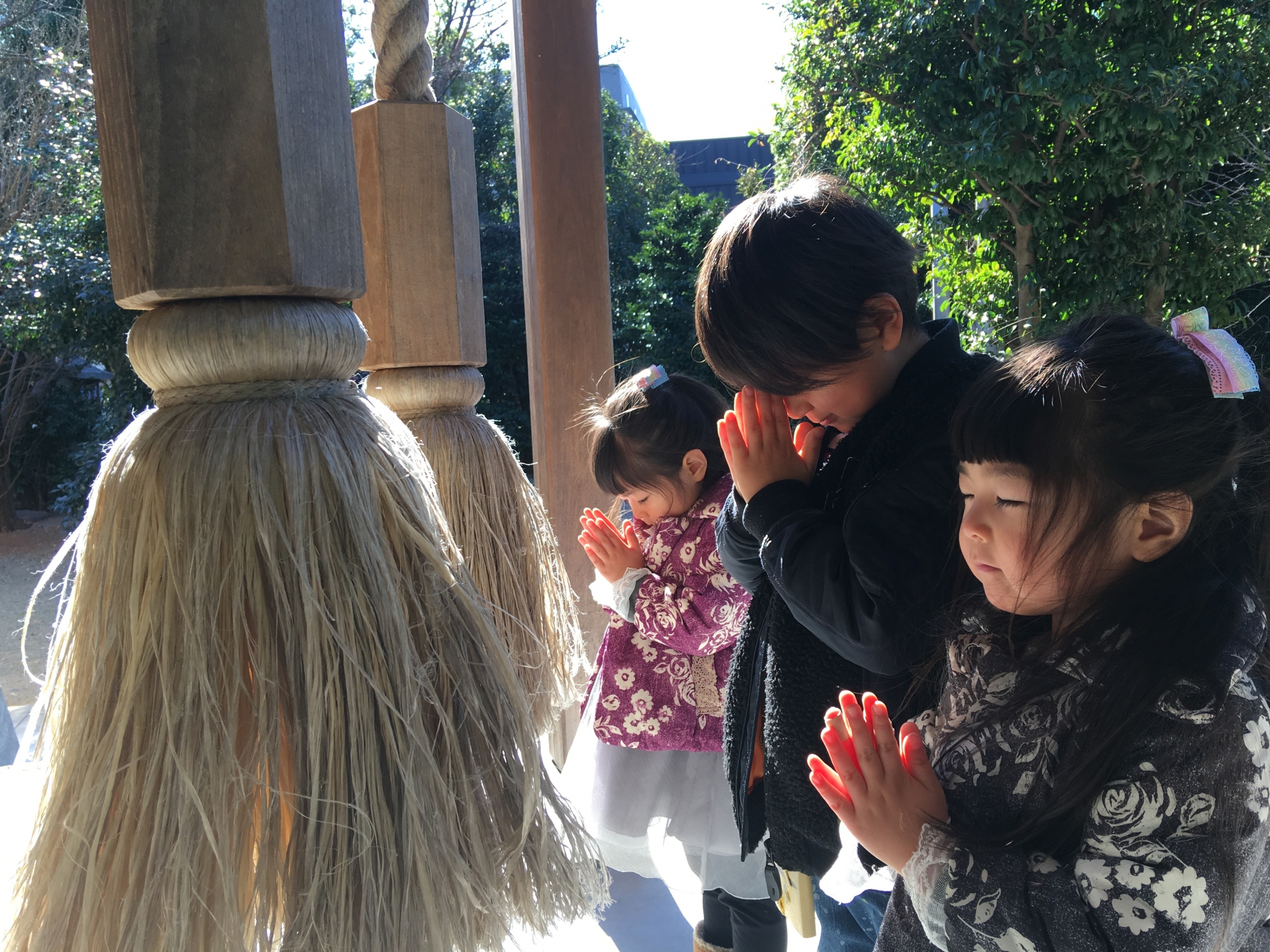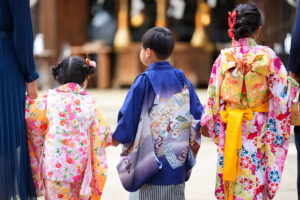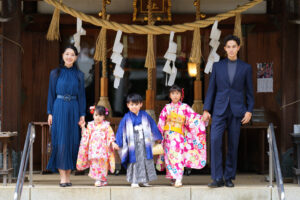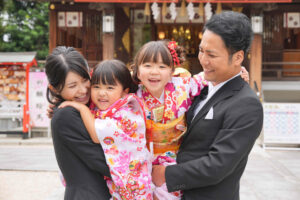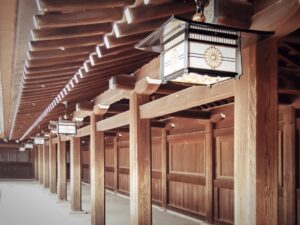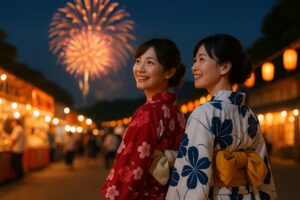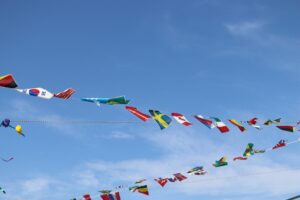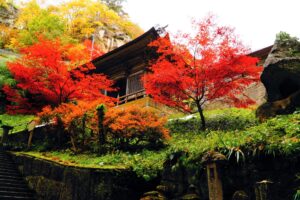Visiting a Japanese shrine is peaceful and simple—if you know the steps. This guide walks you through the ritual from torii to temizuya to the main hall, explains coins, bells, and “two bows, two claps, one bow,” and shows how to enjoy omikuji, ema, and goshuin with confidence.
What is a Shinto Shrine? (and How It Differs from a Temple)
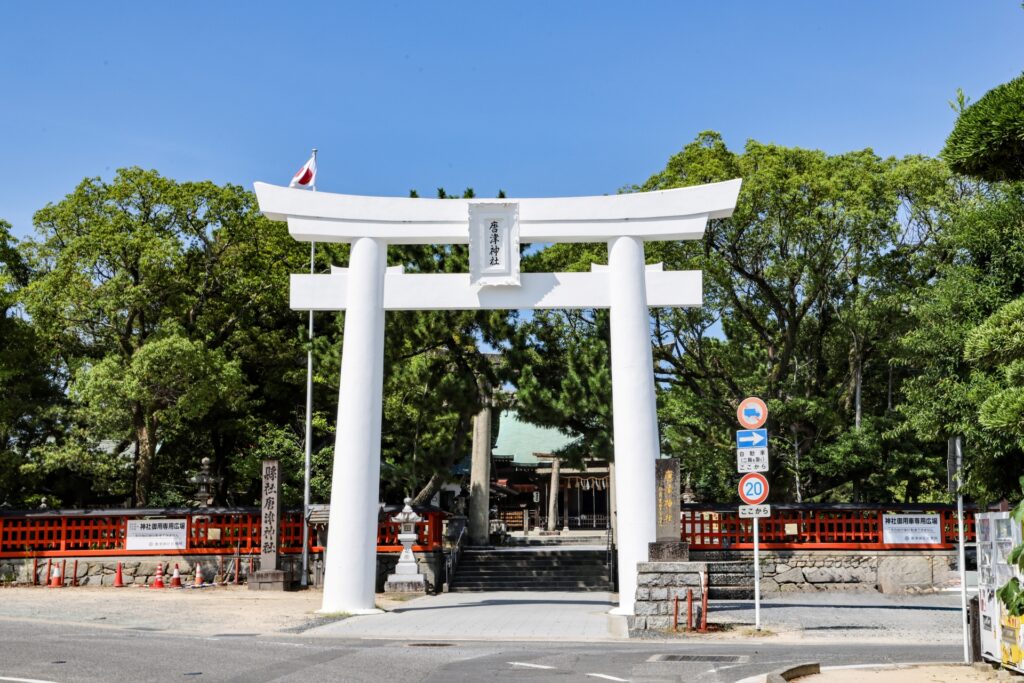
Shinto shrines (jinja) are sacred spaces dedicated to kami—spirits associated with nature, places, ancestors, and ideals. People visit to give thanks, seek protection, or mark life milestones. The ambience tends to be airy and wooded, marked by bright vermilion torii gates and a sense of seasonal change. Buddhist temples, by contrast, enshrine Buddhas or bodhisattvas and emphasize teachings, memorial rites, and sutra recitation. Many travelers see both in a single day, so it helps to recognize cues: a torii indicates a shrine; a pagoda or large bell often signals a temple. Although rituals overlap in respectfulness, prayer styles differ—clapping belongs to Shinto, while temple prayer is usually quiet with hands pressed together. Understanding the difference will help you behave confidently and avoid mixing customs in front of worshippers.
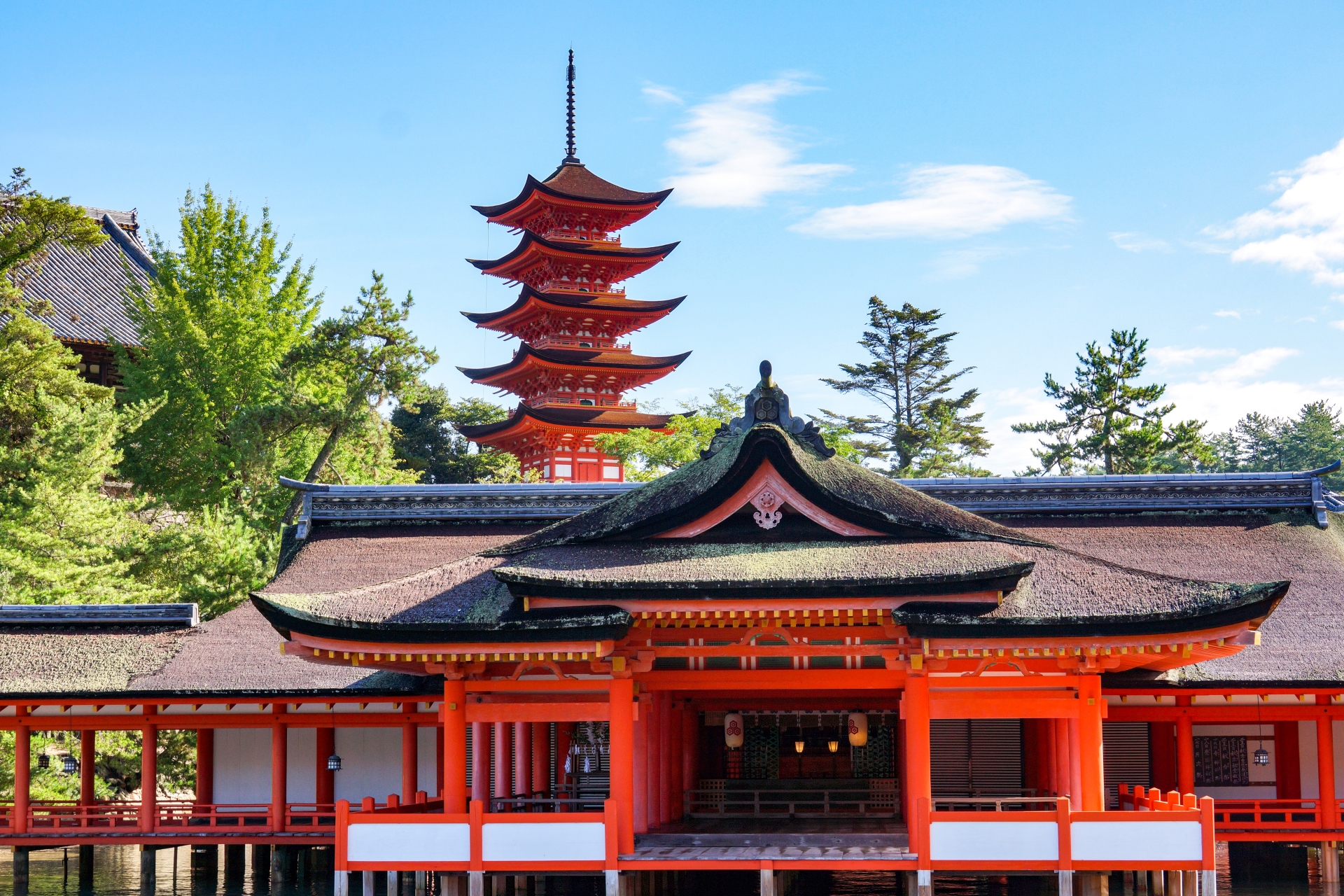
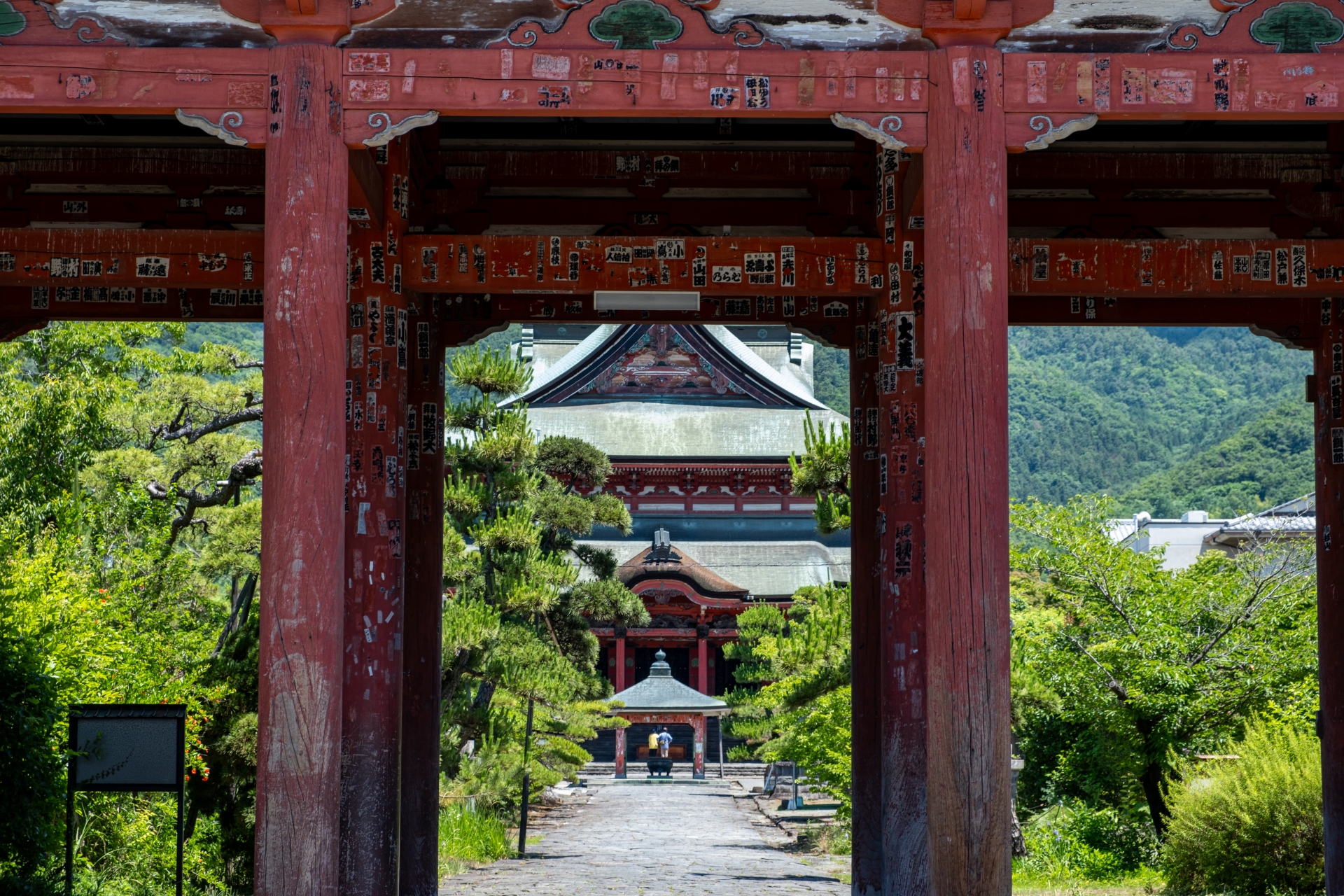
Shrine vs. Temple at a Glance
| Feature | Shinto Shrine | Buddhist Temple |
| Enshrined object | Kami (spirits/deities) | Buddhas/Bodhisattvas |
| Entrance cue | Torii gate(s) | Sanmon gate, pagoda |
| Common sounds | Bell (suzu), claps, rustling woods | Temple bell, chanting, mokugyo (wooden fish) |
| Ritual style | Bow → clap → silent wish → bow | Quiet prayer, no clapping |
| Offering area | Saisen-bako at main hall | Offering box or incense burner |
Shrine Essentials: Torii, Main Hall, Saisen-bako, Suzu (Bell)
A typical shrine layout is easy to navigate once you know the landmarks. You usually enter through a torii—symbolically crossing from the everyday world into sacred space. Walk slightly to one side of the central path, leaving the middle for the kami. Along the way you may see a temizuya purification fountain. The main hall (haiden) faces the inner sanctuary (honden), where the kami is enshrined beyond view. In front of the haiden sits the saisen-bako (offering box) and, at some shrines, a thick rope with a bell (suzu) attached. The bell is rung gently before prayer to “announce” your presence; not all shrines have one, and some large shrines may suspend bell use during busy seasons to keep lines moving. Knowing these features will keep you oriented and respectful as you move through the grounds.
Step-by-Step: How to Pray Respectfully at a Shinto Shrine
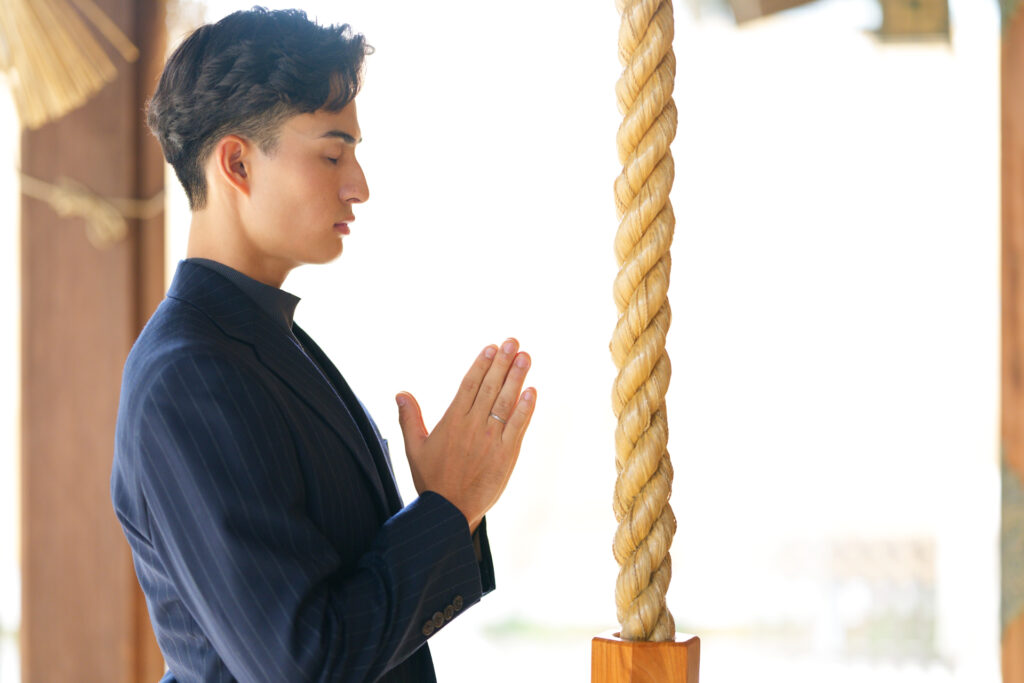
Follow this short sequence and you’ll be doing exactly what locals do, even on your first visit. 1) At the torii: pause and give a light bow before entering; remove hats here if you like. 2) Walk along the edge of the approach path rather than the center. 3) Purify at the temizuya: scoop water once and rinse in the order left hand → right hand → mouth (into your left hand, not the ladle) → left hand again → rinse the ladle’s handle. 4) At the main hall, stand before the saisen-bako and gently toss a coin. 5) If a bell rope is provided, ring it once to signal your prayer. 6) Perform “two bows, two claps, one bow”: bow deeply twice, clap twice at chest level, make a short, sincere silent prayer, and finish with one deep bow. 7) Step aside to allow the next person to approach. 8) When you leave the grounds, give a small bow toward the shrine or torii in thanks. This rhythm is easy to remember and shows clear respect to everyone around you.
Pocket Checklist
- ◻ Bow at the torii before entering and when exiting.
- ◻ Keep to the path’s side; quiet your voice.
- ◻ Purify: left → right → mouth (into left hand) → left → rinse handle.
- ◻ Offer coin; ring bell if present.
- ◻ Two bows → two claps → silent wish → final bow.
- ◻ Step aside promptly; no lingering at the front.
Coins and “Good Luck”: Is 5 Yen Best?
In Japan, many visitors like to offer a 5-yen coin because “go-en” (five yen) sounds like the word for a good relationship or fate (ご縁). It’s a cheerful pun that makes 5 yen a popular choice for first-timers and couples, but there is no rule. You can offer any amount you feel comfortable with, from one coin to a small handful. Some people avoid 10 yen due to associations with “far” (遠い, tōi) in wordplay, while others happily use it without concern. The real point is sincerity, not price. If you only have bills or larger coins, that’s fine—place them quietly and continue with your prayer. Shrines appreciate calm, considerate offerings over flashy gestures.
What If There’s No Bell? What If It’s Crowded?
If there’s no bell rope, simply skip that step; not all shrines use bells, and some disable them during peak times. In crowds, join the queue, keep your prayer brief, and step aside as soon as you finish so others can approach. If you’re with a group, take turns rather than lining up shoulder to shoulder at the saisen-bako. Avoid blocking the center of the approach path when taking photos, and keep voices low near the main hall. If you forget a step, don’t start over—complete the sequence calmly and move on. Courtesy to other worshippers is the best form of etiquette.
Dos & Don’ts (Quick List)
- Do bow at the torii and main hall; don’t run or shout.
- Do wait your turn; don’t cut the line or linger in front.
- Do keep photography discreet; don’t use flash at close range.
- Do skip the bell if absent; don’t tug the rope aggressively.
Enjoying Shrine Traditions After You Pray
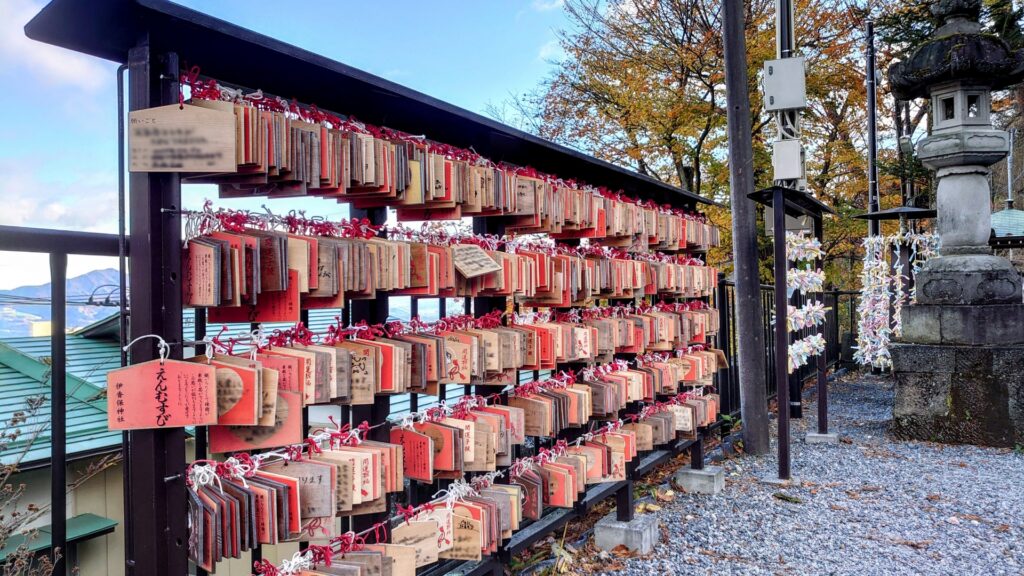
Shrines offer gentle, optional traditions that make a visit memorable. Omikuji are paper fortunes you draw at random; they typically cost a small coin and range from great blessing to cautionary messages. If you receive a poor fortune, tie it to the provided rack or tree to “leave” the bad luck; a good one can be kept in your wallet. Ema are small wooden plaques on which you write a wish or gratitude, then hang at the shrine’s board so the kami “reads” it. Keep messages respectful and brief. Goshuin are beautiful calligraphic shrine stamps written in a special book (goshuin-chō) by attendants at a reception window; they mark your visit like a sacred passport. These experiences are voluntary, modestly priced, and make thoughtful mementos without disturbing the shrine’s tranquility.
After-Prayer Traditions (at a glance)
| Item | What it is | How to do it | Typical cost (guide) |
| Omikuji | Paper fortune | Pay the fee → draw at random → read; tie if unlucky or keep if good | ~¥100–¥300 |
| Ema | Wooden wish plaque | Purchase at the counter → write a wish → hang at ema board | ~¥500–¥1,000 |
| Goshuin | Handwritten shrine seal | Present your goshuin-chō at the office → wait for calligraphy → receive stamp | ~¥300–¥500 |
How to Use the Temizuya (Purification Fountain)
The temizuya is a brief purification to ready body and mind. Approach calmly and keep bags clear of the water. 1) Take the ladle in your right hand, scoop once—this single scoop is enough for all steps. 2) Pour water over your left hand. 3) Switch hands and rinse your right hand. 4) Pour a little water into your left palm and gently rinse your mouth (never touch the ladle to your lips; discreetly spit beside the basin’s drain). 5) Rinse your left hand again. 6) Hold the ladle vertically to let remaining water run down the handle, cleansing it for the next person, then return it basin-up. The entire motion takes less than a minute and keeps the area hygienic for everyone.
Photo, Dress, and Behavior Etiquette (Tourist-Friendly)
A shrine is an active place of worship, and your considerate behavior preserves its calm for locals and visitors alike. Speak softly, set phones to silent, and avoid walking down the exact center of the approach path. Photography rules vary by shrine and even by area within a shrine: outdoor photos are usually fine, but interior spaces, ritual moments, and attendants may be off-limits. Look for signage (often with camera icons) or ask staff; when unsure, keep your distance and disable flash. Dress modestly with covered shoulders and comfortable shoes; remove hats at the main hall if possible. Drones are generally prohibited without prior permission for safety and privacy—assume “no” unless a sign or staff explicitly says otherwise. A simple rule of thumb: if people are praying, do not step in front of them for a shot.
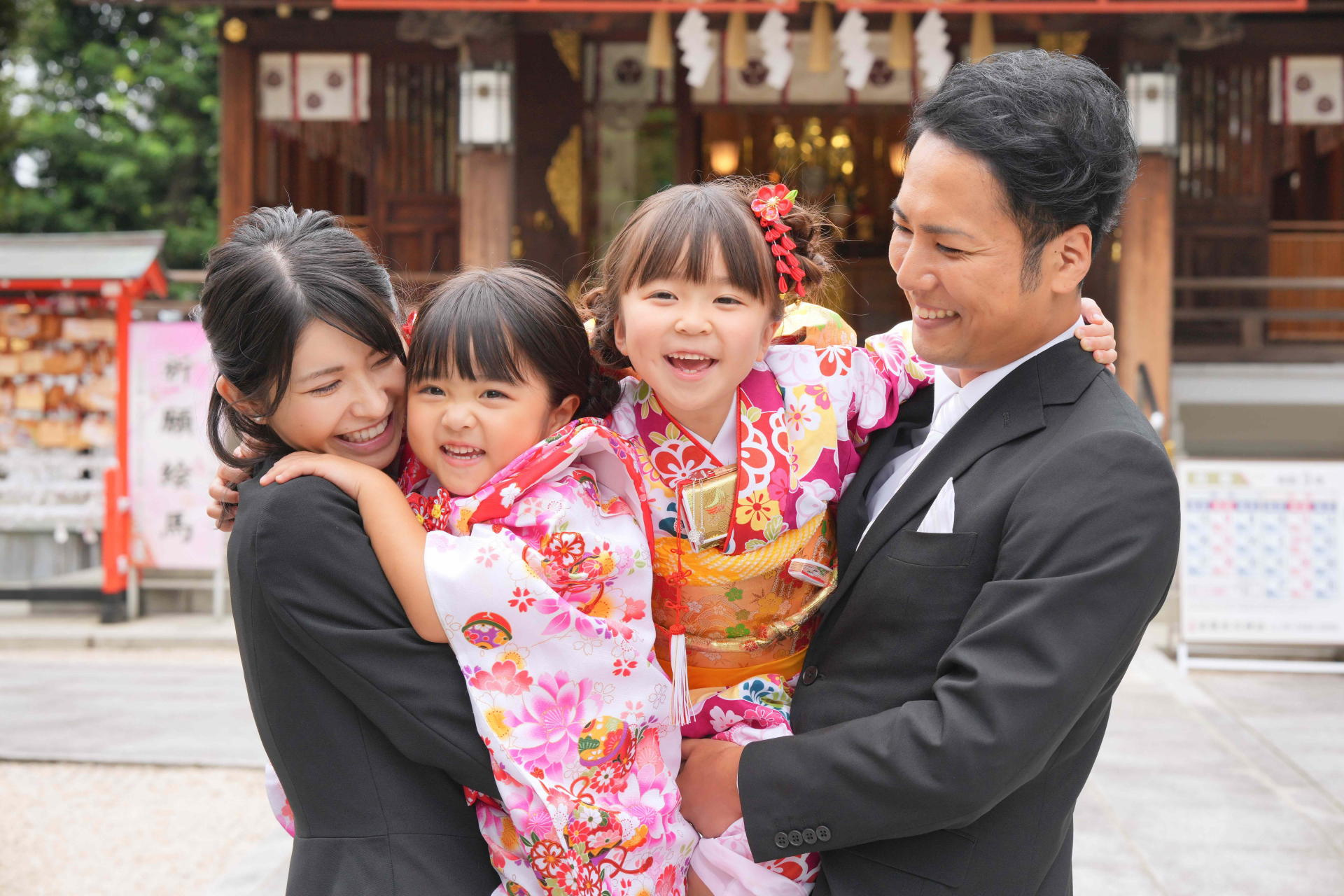
Accessibility & Family Tips
Accessibility varies widely because many shrines predate modern ramps; some have gentle paths and elevators, while others have steep stairways or gravel. Before you go, check the shrine’s official website or the local tourism board for accessibility notes, stroller-friendly routes, nursing rooms, and multi-purpose restrooms. On-site, you can often bypass stairs by following side approaches; staff can advise discreetly if you ask. Families will find early mornings or weekdays easiest, with fewer lines at the temizuya and main hall. Be mindful that New Year’s visits (hatsumōde, January 1–3) draw huge crowds; if traveling with children or wheelchairs, consider visiting after the peak or at smaller neighborhood shrines for a calmer experience.
FAQ: Common Questions Foreign Visitors Ask
Can non-believers or tourists pray? Yes. Shrines welcome respectful visitors of any background. Follow the steps and keep your wish sincere and private.
Is there a “right” wish? Wishes can be for health, gratitude, safe travel, exams, or guidance. Keep it short and heartfelt—no need for elaborate phrasing.
What if I forget a step? Don’t worry. Sincerity matters more than precision. Finish the sequence calmly and step aside.
Shrine vs. temple—where do I do what? Clapping belongs to Shinto shrines; Buddhist temples emphasize quiet prayer without clapping. Torii gates mark shrines; pagodas and large temple bells often mark temples.
For practical details (opening hours, accessibility, photography rules), always refer to the shrine’s official website or the local city/tourism office.
Plan Your Visit: Best Times, Crowds, and Seasonal Notes
For the quietest experience, arrive at opening time or just after sunrise on weekdays. Midday weekends are the busiest, especially in cherry blossom season and autumn foliage. New Year’s (January 1–3) is the single most crowded period across Japan; if you wish to join hatsumōde, expect long queues and limited photo opportunities. Many shrines host seasonal festivals (matsuri) with food stalls and performances—wonderful for atmosphere but lively rather than contemplative. Check event calendars and obey temporary signs or staff directions, which may reroute lines or pause bell use. Rainy weekdays can be idyllic for peaceful visits; bring an umbrella and non-slip shoes for stone paths.
Conclusion & Key Takeaways
Visiting a shrine is straightforward once you know the rhythm: bow at the torii, purify at the temizuya, offer a coin, ring the bell if present, perform two bows and two claps, make a quiet wish, and finish with a final bow. Keep voices low, step aside promptly, and let respect guide small decisions like where to stand or when to photograph. Prepare for access needs by checking official sources, carry small coins, and remember that sincerity outweighs perfection. With these steps, you’ll blend seamlessly with local customs and enjoy the serene, timeless beauty of Japan’s shrines on every visit.
Final Quick-Reference Checklist
Accessibility: check official site/tourism board; aim for early mornings on weekdays.
Bow at torii on entry/exit; keep to one side of the path.
Temizuya: left → right → mouth (into left hand) → left → rinse handle.
Offer coin; ring bell if present; two bows → two claps → silent wish → final bow.
Photos: follow signs; no flash near worshippers; drones require explicit permission.

